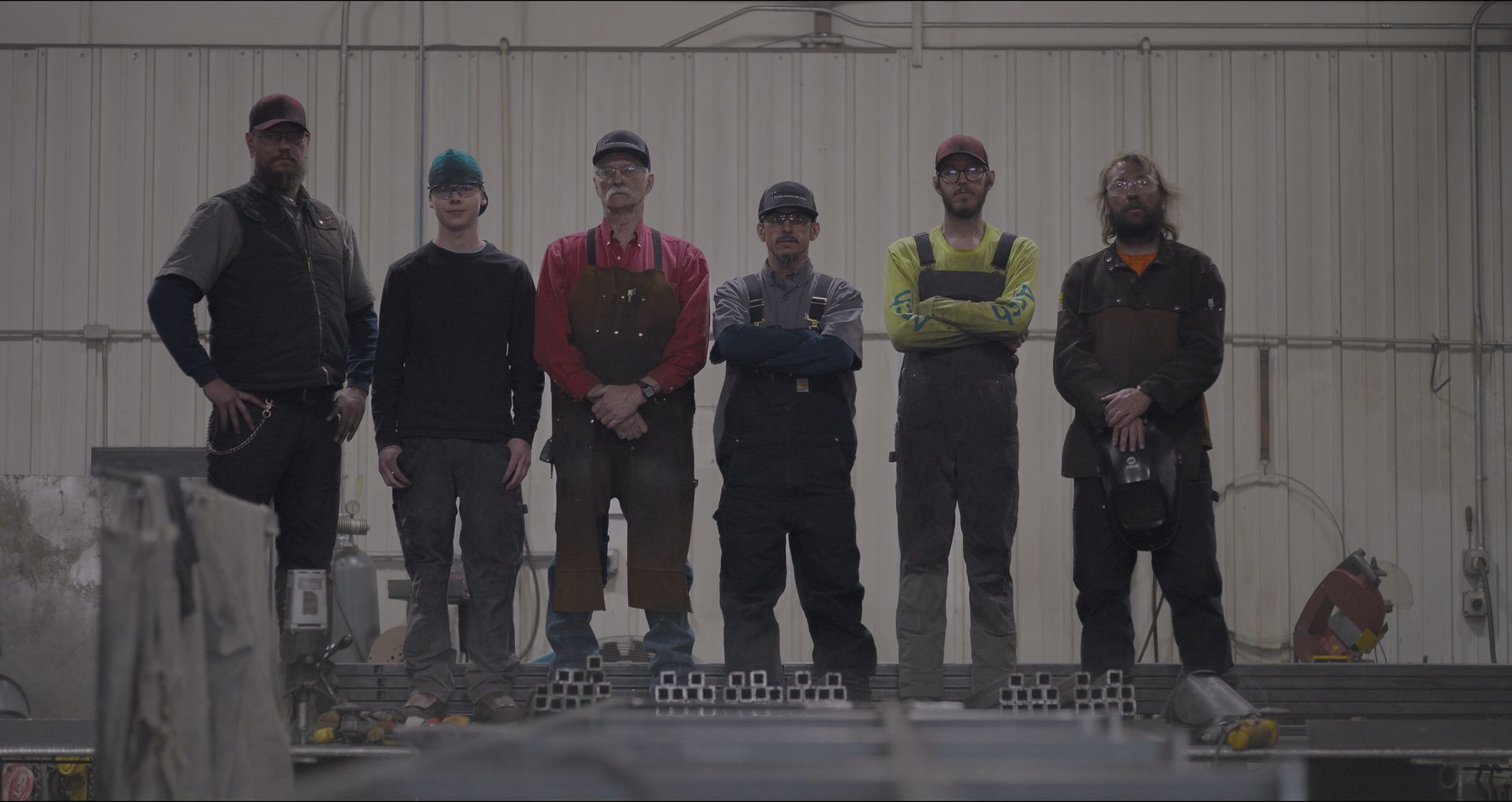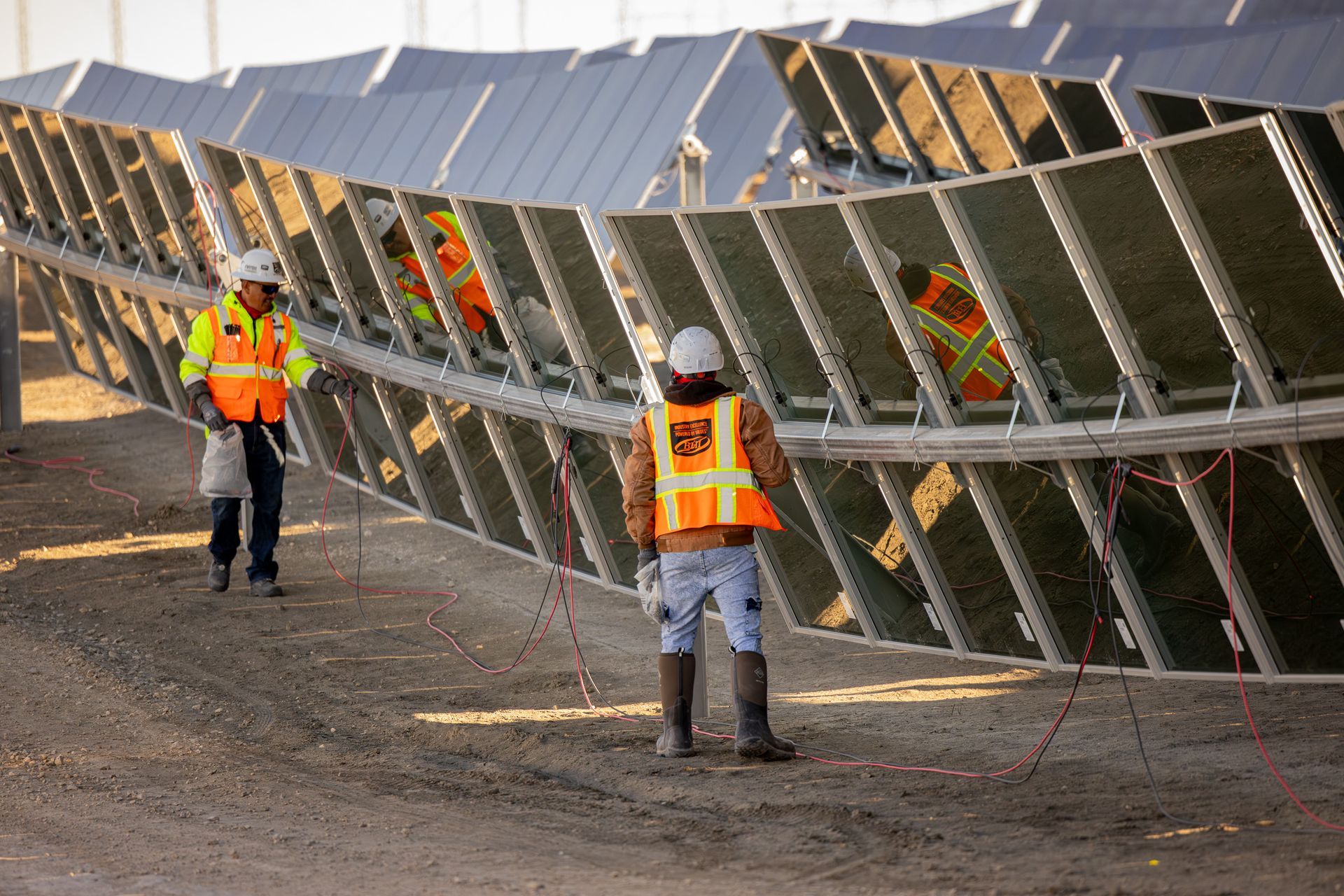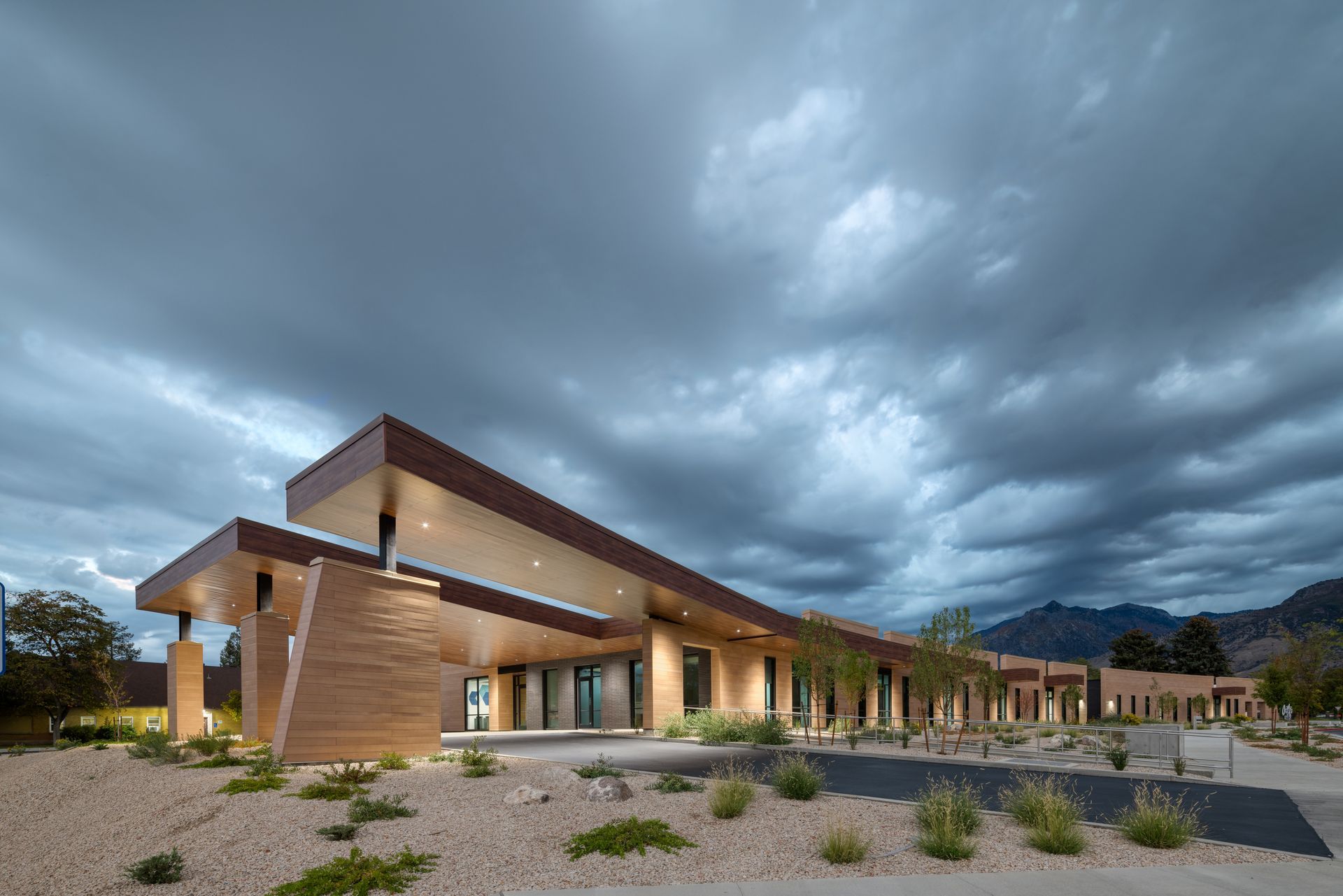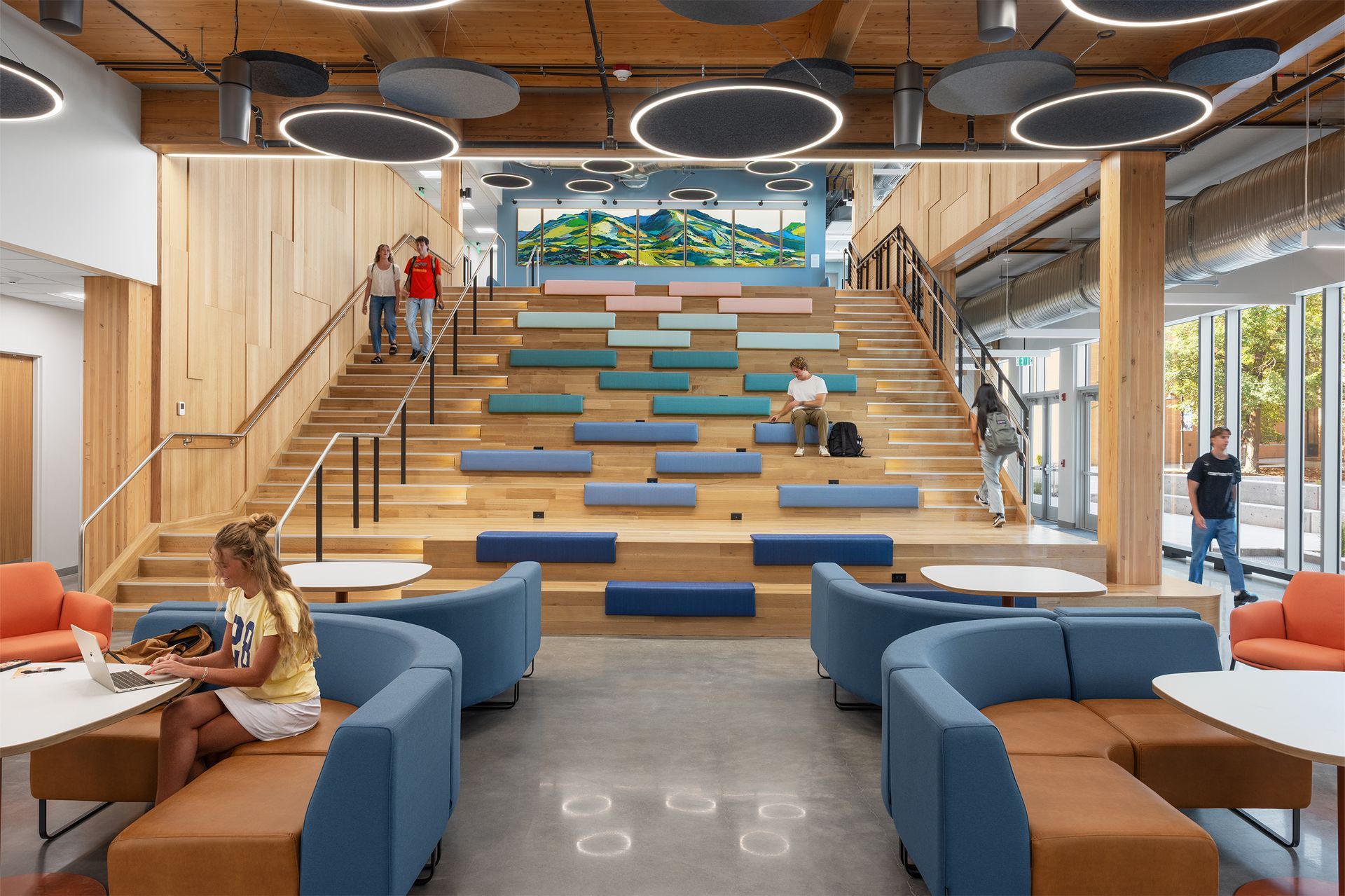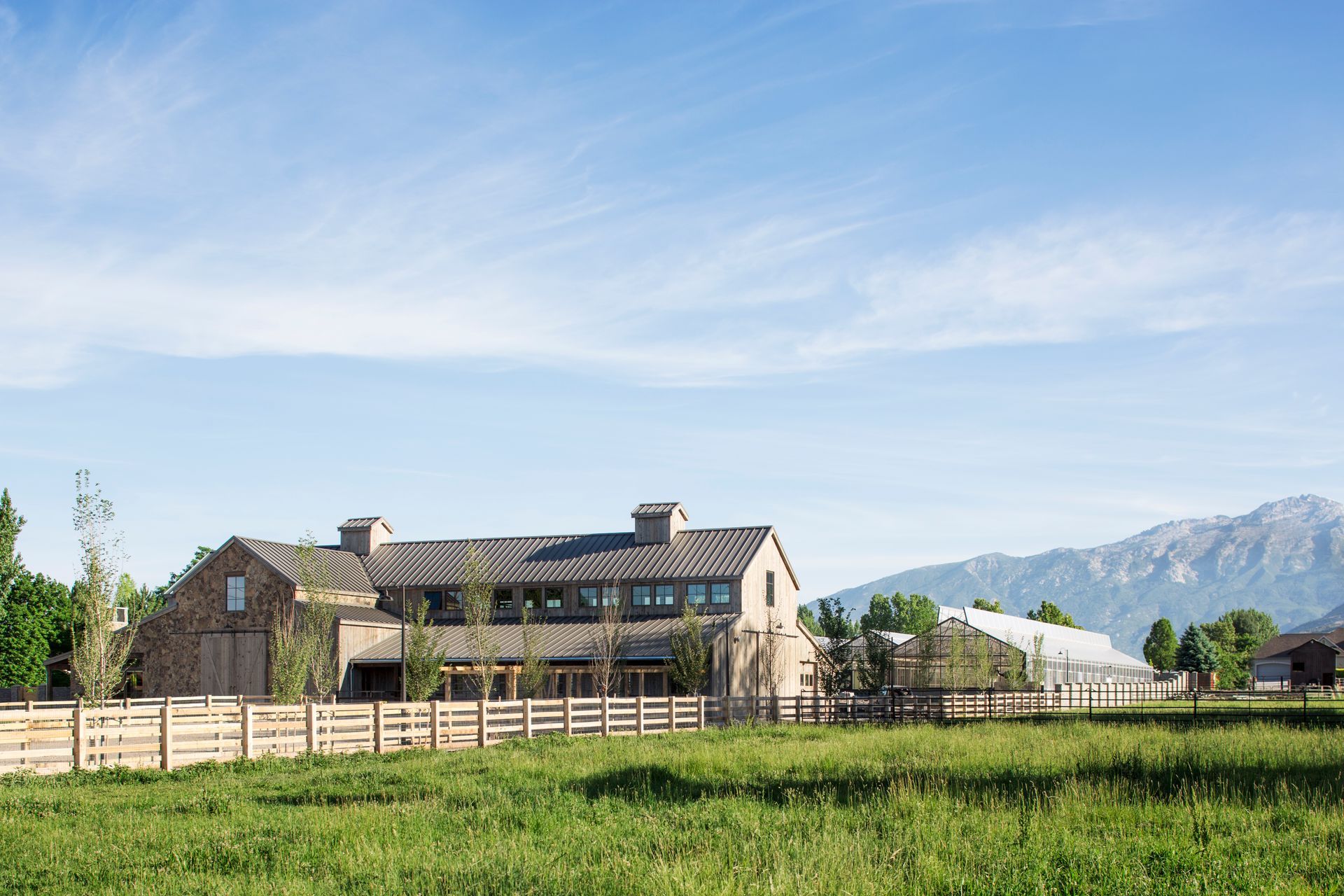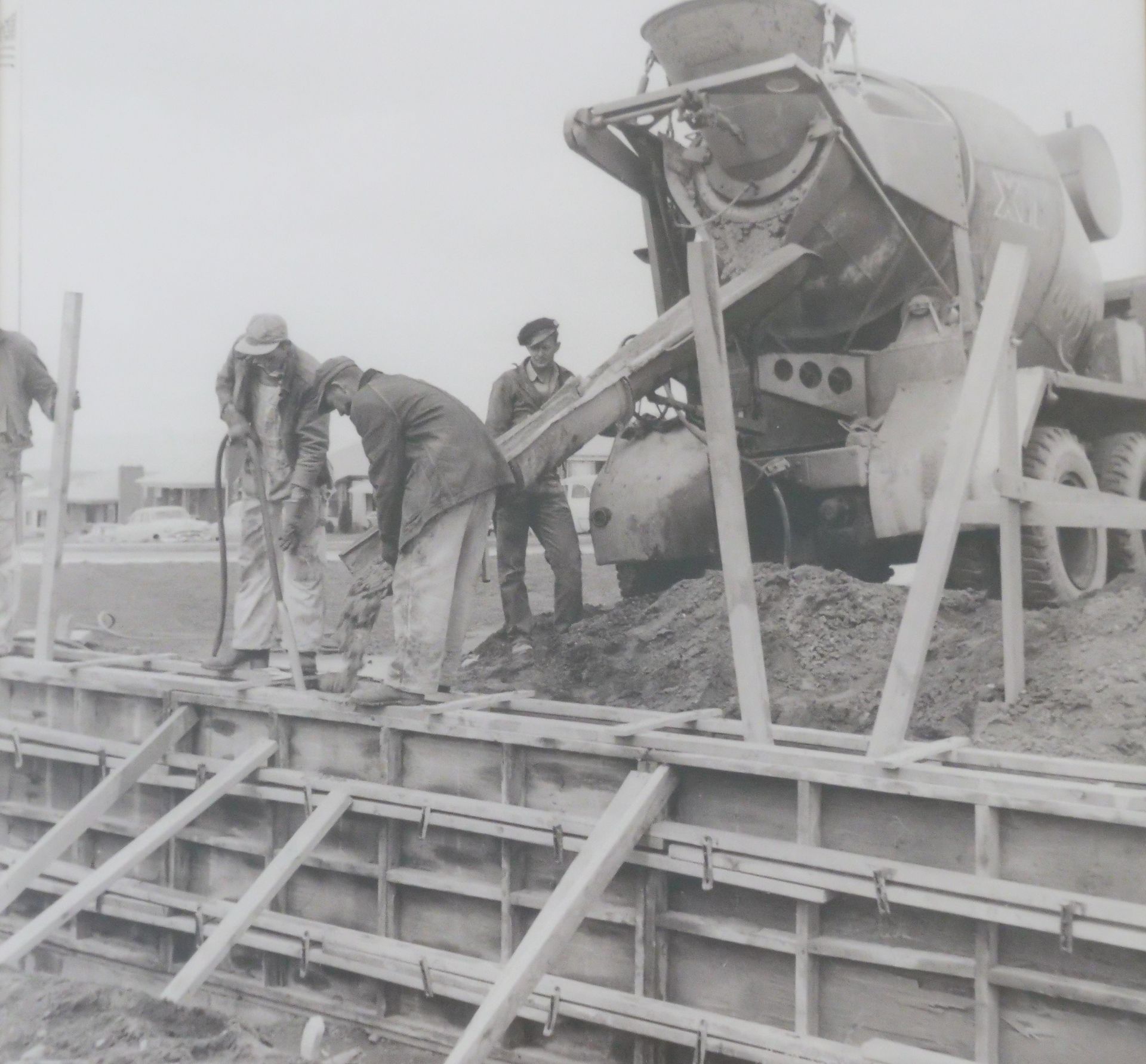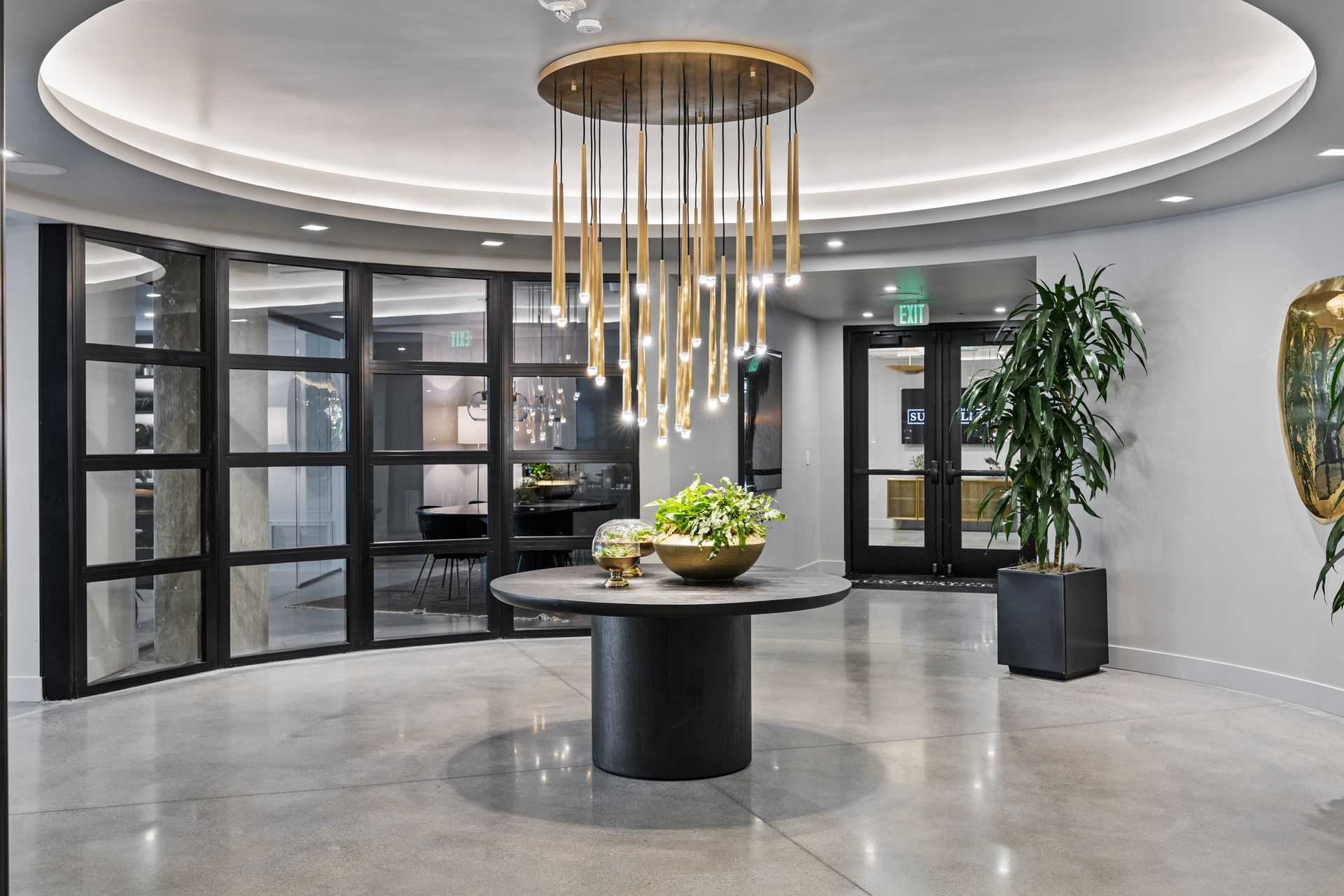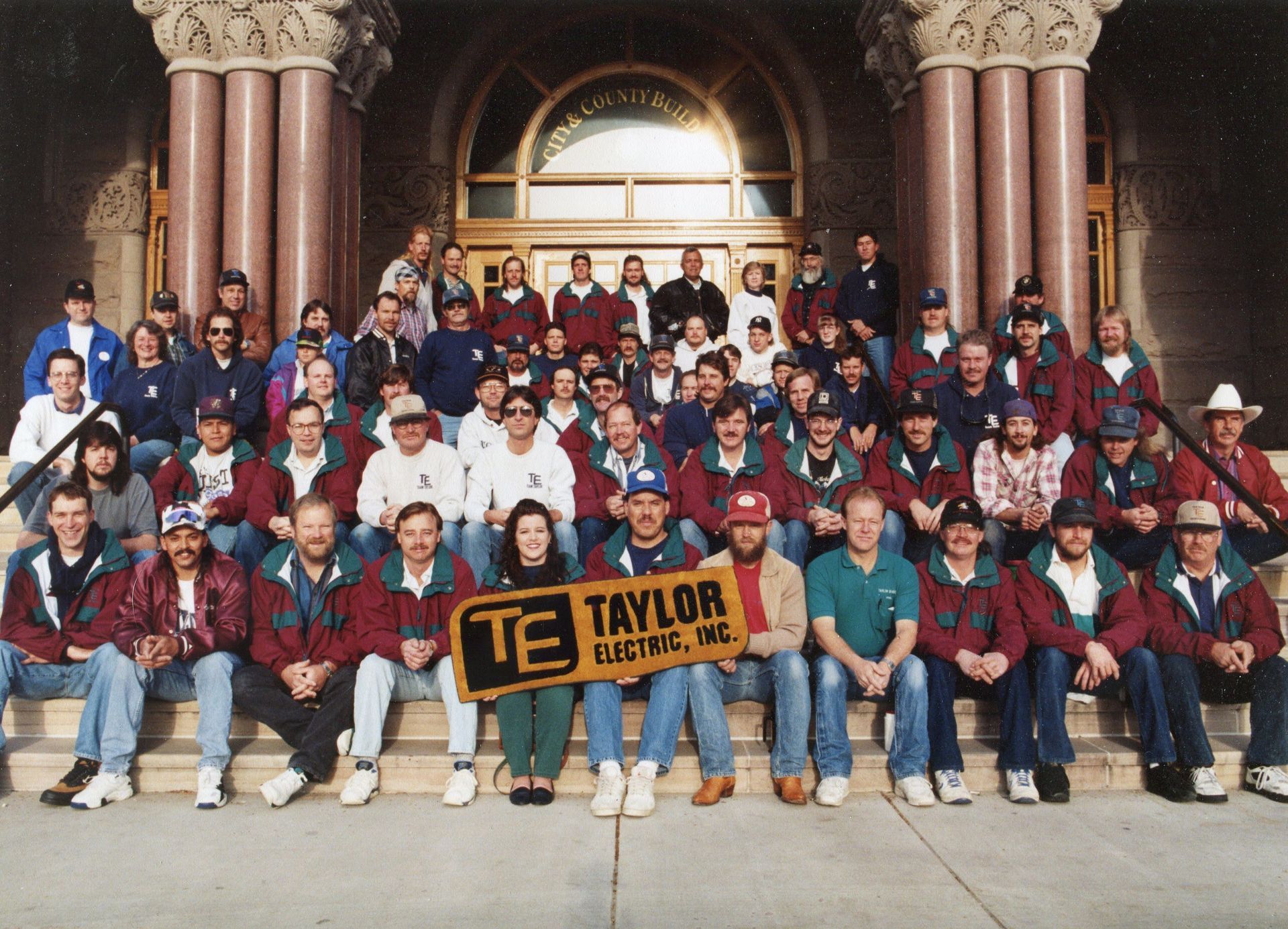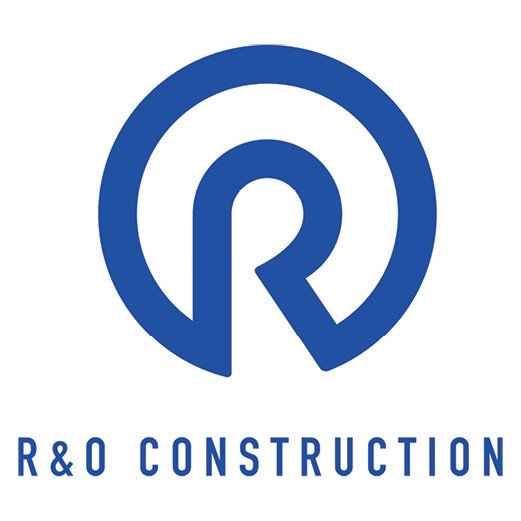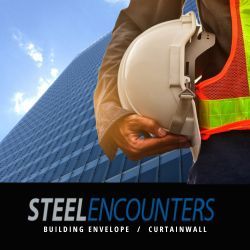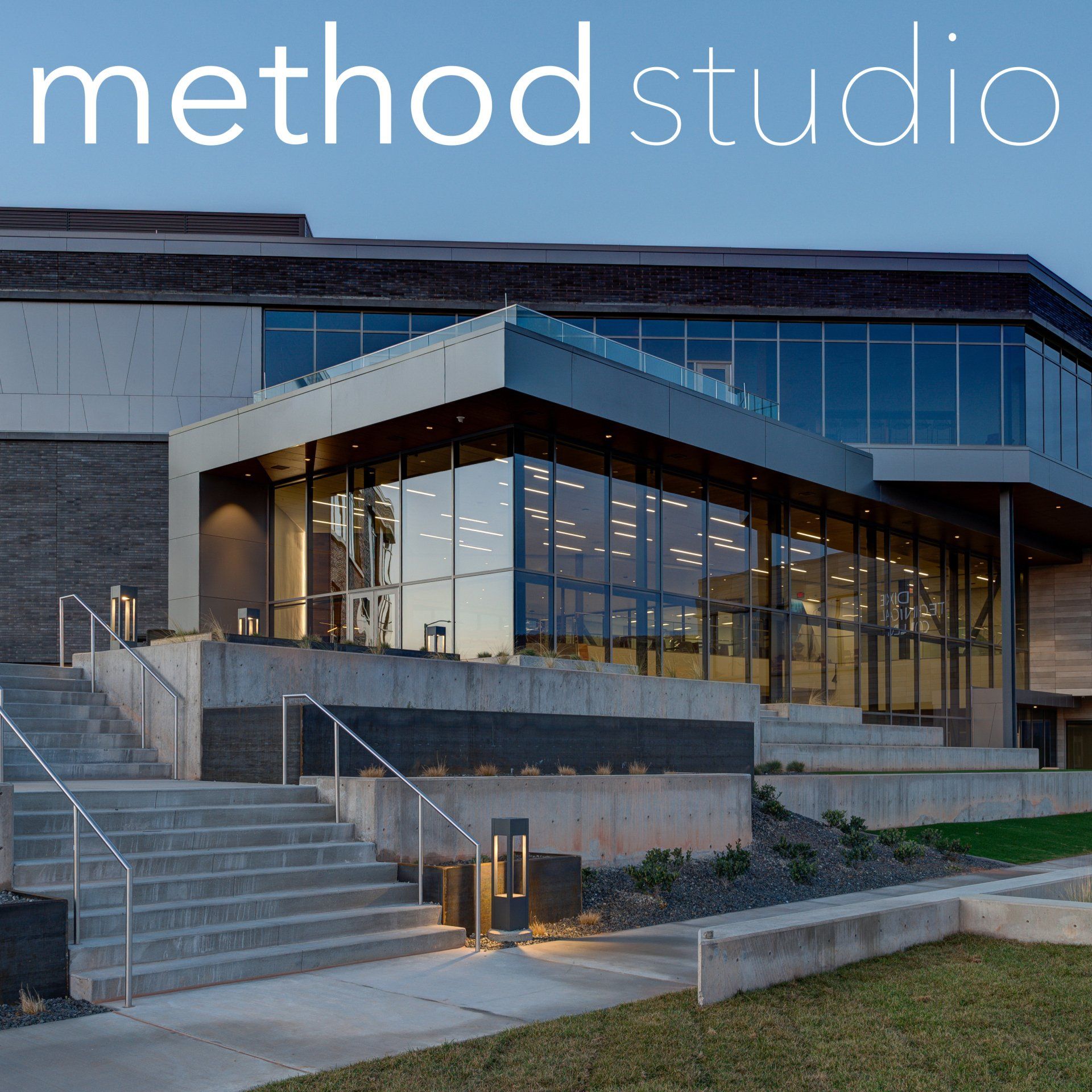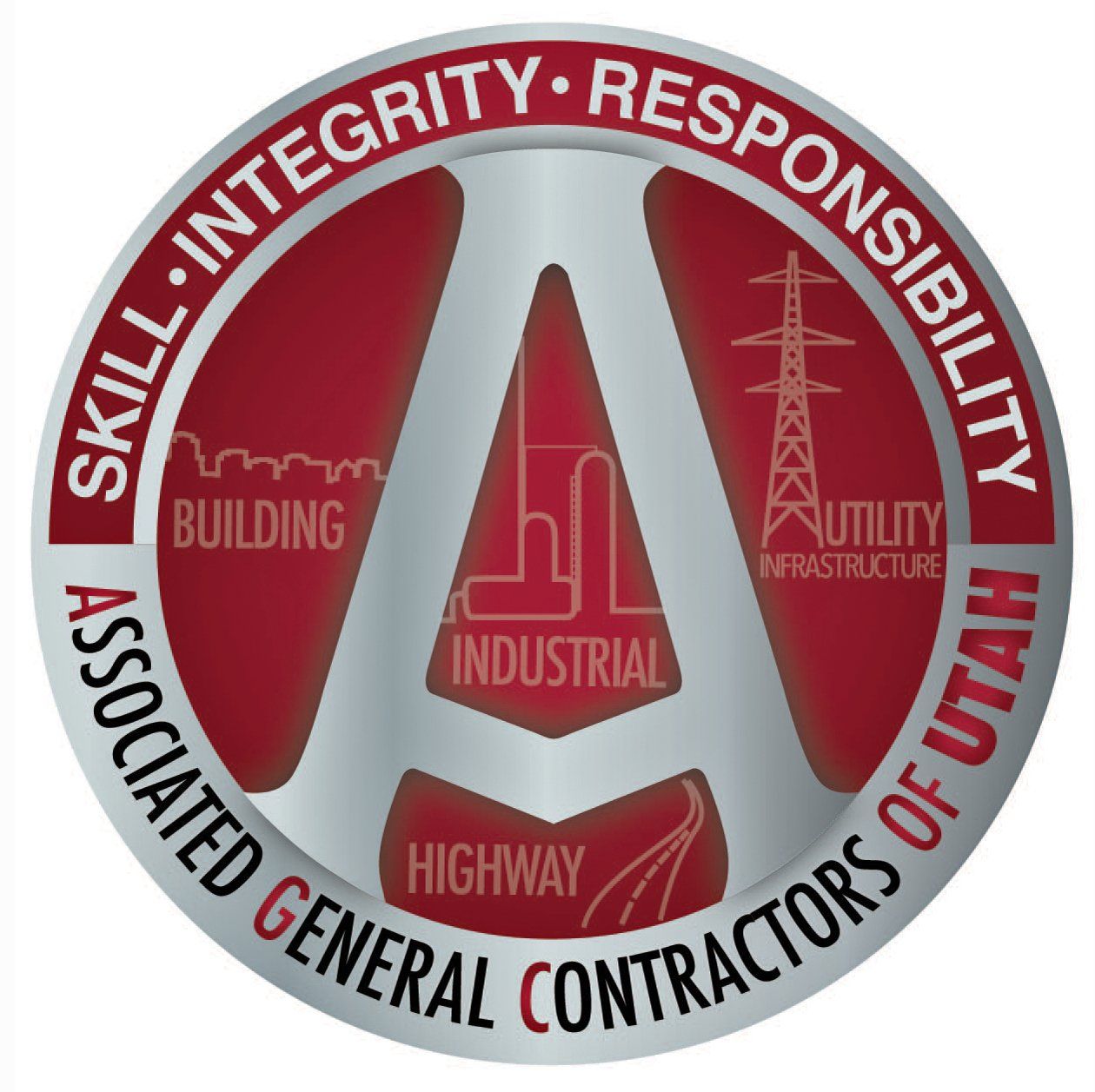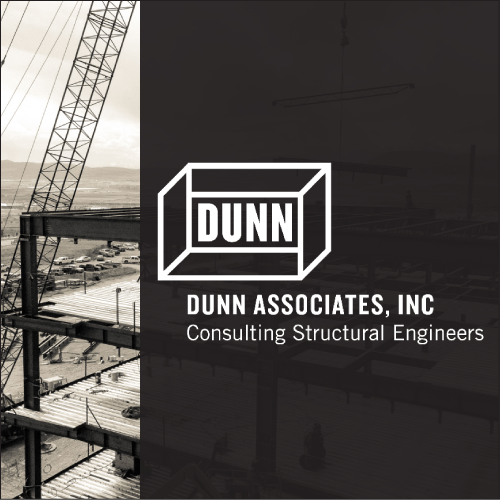Tariff talk is loud.
But don’t let that be the only thing that garners attention in steel fabrication trends. Leaders in this field said that they continue to innovate and build up their spot within the industry to ensure steel continues to be utilized in projects across the Beehive State.
Tariffs Add Volatility
On March 12th, 2025 the Trump administration announced 25% tariffs on all steel and aluminum imports. With over 25% of steel imported, according to the US Dept. of Commerce, steel procurement is set to get even pricier.
Matt Blaser, President of Price-based Intermark Steel, sees plenty of similarities with tariff policy and the pandemic effects on the supply chain. Much as supply chains needed reconfiguring during the pandemic, “The overarching goal [of tariffs] is to bring manufacturing back into the United States,” said Blaser. “Where we’re not dependent on a global supply chain.”
It’s worked as intended before, when 2018 tariffs (25% on steel imports) helped increase domestic steel production by 6 million tons from 2017-2019.
For Richard Wood, President of West Jordan-based Rightway Steel, the expected increase in domestic steel production, “It’s just getting started. Many new companies have plans to build steel producing plants in the US.” These incoming ‘minimills’ are bringing faster throughput in a smaller area via a much more efficient steelmaking process.
According to a 2020 U.S. Environmental Protection Agency report, over half of the national steel output was produced in minimills. These mills use an electric arc furnace (EAF) to melt and refine steel scrap by passing an electric current from the electrodes through the materials to melt it at a scorching 3,000 degrees. It’s making blast furnaces and “rust belt” technology a thing of the past.
But on-shoring production has still been a tough pill to swallow for fabricators as steel prices surge.
“As of April 1st, steel material prices have increased upwards of 25%,” said Wood. “We’re unsure if or when the tariffs will be reduced.”
Even as tariffs escalate, fabricators like Rightway Steel have sought a way forward even as Wood has seen demand and project starts slow down. Rightway has pivoted with new pricing, reduced quote hold times, and internal efficiencies to stay competitive.
As developments in EAF take a greater share of steel production market toward stability—and hopefully lower prices—those internal efficiencies Wood mentioned will shape the future of steel fabrication.
Innovating Internally
“In any steel fabrication, or any type of production, there is a four letter word that makes all the difference: flow,” said Tyler Oliver, President of Centerville-based Fineline Steel Fabrication. Limiting the amount of movement required from the fabrication team in the shop is one internal efficiency keeping costs low.
Inside Fineline’s shop, TV screens and tablets keep the team in the shop fully aware of what’s going on—and keep everyone in flow.
Touring through the firm’s Centerville shop, one quickly notices how long the building is. Think arena football field, but five of them end to end to reach 1,000 feet long. If Fineline could have a facility twice as long and half as wide, Oliver said, it would help that flow even better.
Oliver claimed that Fineline;s facility houses “One of the most state-of-the-art fabricators in the world.” Fineline’s Voortman Steel Fabricator has been a key part of the firm’s innovative flair. The fully-automated welding system starts with the VACAM system to determine the feasibility of assemblies, production times, etc—particularly helpful when determining the amount of automation required in the welding process. From there the magnetic handling robot grabs the steel pieces fed by the Fineline team, rotates the steel, and welds steel members in the right place.
Rightway Steel has looked for similar internal efficiencies, with Wood saying the firm is improving year over year with new equipment and processes to improve quality, speed, and safety.
“There’s always room for improvement,” he said before mentioning how it will be incumbent on fabricators to find or train workers capable of learning the ropes as the company invests in more robotic welding, improved machinery, and emerging technologies like wearable exoskeletons to keep production humming.
Technological Infusion
With lead times getting shorter for many of these projects, Oliver said, “[Owners] need their parts and members bigger, better, and faster. This is why we have innovated and are constantly working on adding automation.”
Technological innovation reigns supreme. Construction software Stalwarts like Procore and Building Connected are combining with emerging technologies that incorporate in-field scanning from team members to improve accuracy.
“We have also seen improvements in modeling and steel shop and erection drawings through Advanced Steel and Tekla,” said Wood.
As modeling has improved, so has the final product created by fabricators.
Blaser echoed Oliver’s comments on speed to delivery and Wood’s thoughts on digital collaboration, saying that the ability to fabricate from a digital file has been catalytic in today’s high-speed construction market.
Blaser also reiterated points from the other fabricators regarding internal systems. Having a CNC machine isn’t enough—it’s the bare minimum. Instead, working in a “Henry Ford-esque” assembly line makes all the difference today, especially when combined with digital innovations and steel detailing software.
But the future is one where those systems are bolstered by AI.
“Larger companies will have machines interconnected via AI,” said Blaser. With enough capital to invest in interconnected machinery that needs less human help, AI adaptation within steel fabrication will “Consolidate the market and probably push smaller shops to the wayside.”
For Oliver, “AI is the top of our list as it is with everyone else,” namely allowing the team to spend their time processing material for fabrication. “There are some major advancements with AI and how we can final QC some of our members.”
While AI grows in importance on the shop floor, Wood said his teams have utilized AI as much as possible in the office for great efficiency in take-offs, proposals, RFI support, and meeting information.
Meeting Building Needs with Labor
With all that technological innovation and automation, where does that leave those plying their trade in steel fabrication?
To those interviewed, ready and able employees are critical in meeting existing demand alone. Their importance grows as future mega-projects break ground.
Blaser noted the billions in total project dollars doled out for ongoing data center work, the final phase of the SLC Airport, and Texas Instruments’ $11 billion investment in future manufacturing facilities in Lehi as a result of the 2022 CHIPS and Science Act legislation.
“Really large commercial projects are coming on at an unprecedented rate,” Blaser said,
“but not everyone in the market can work on those types of projects.”
In Arizona, Taiwan-based TSMC announced it would invest $100 billion—a number that feels unfathomable even in today’s mega-project environment—to build three new chip fabrication plants, two advanced packaging facilities, and a major R&D team. That amount is significantly more than the company’s ongoing $65 billion investment in Phoenix.
Even though the project is in Arizona, a 12-digit project budget is its own form of gravity capable of pulling workers out of the Beehive State, even with plenty of projects to keep them busy in Utah.
Downtown Salt Lake developments highlighted by Smith Entertainment Group’s work around the Delta Center and Larry H. Miller’s Power District development are two promising long-term projects set to have hundreds of millions put toward commercial construction. Outside of the downtown core, dozens more projects are set to come online in the coming years in master planned developments alone. Vineyard’s “Utah City” development, The Pointe in southern Salt Lake County, and more industrial projects within the Utah Inland Port Authority’s 110,000 acres of statewide project areas are promising as long as groundbreakings occur.
Winning the Labor Battle
But how will these fabricators bring the next generation of steel fabricators into the fold to meet this demand?
For starters, the environment for workers has certainly improved. Wood said that, comparing to the recent history of steel fabrication, hours are better, less travel is required, and safety equipment and ventilation systems within fabrication plants are better. As mentioned before, technology in automation and robotics is creating a safe 21st century working environment.
According to Oliver, innovation in employee engagement is paramount.
“We must change the way things are done to be able to draw in quality employees who want to make careers, not jobs, and produce quality products in a timely manner.”
He said the stellar safety and working culture at Fineline has kept labor steady with a retention rate above 90%.
“Labor costs are increasing with higher wages, overhead burden, and insurance costs,” Wood said, requiring teams to achieve more through experience and teamwork. “We train constantly and bring in industry veterans to lead teams.”
Wood said that getting people into this portion of the industry needs more than one solution.
“Immigration laws and work visas need improvement,” he said. For the people already living here, the message must be loud and clear: “You can make a good living working in the trades, and the shop and field teams typically have great schedules, get to leave their work at work, get paid well, and can live great lives. […] Trades need to be “cool” and accepted for the younger generation.”
Blaser said that “cool” factor that Wood mentioned requires a bit of innovation—a pivot to focusing marketing efforts on potential employees instead of clients. The Intermark team broadcasts the team and pride of their work through social media via short form videos.
“These people are
our people,” Blaser emphasized. “We want to show them off. We want their families and friends to notice them.”
Is he worried that those workers will get poached after being visible to everyone?
Nope.
Connecting at a human level trumps everything. For Blaser, showing how much these workers mean to the company, with a solid paycheck and a great culture, is a matter of trust that starts at the top.
Warm Outlook for Steel
As leaders like those interviewed continue to work through challenges and set their teams up for success,
“The steel industry is a very exciting industry to be a part of and work in,” Wood concluded.
As the “bones” of a building and ability to meet a plethora of building needs, steel will be in good shape. Markets will reach equilibrium and steel prices will settle from this volatile period. In the meantime, a steely resolve from fabricators to meet demand through innovation and manpower remain as important as ever.
